论文总字数:16992字
目 录
1 导论 1
1.1左手材料简介 1
1.2左手材料的电磁特性 1
1.2.1负折射效应 1
1.2.2逆多普勒效应 4
1.2.3倏逝波的放大与超级透镜 4
1.2.4逆切仑科夫效应 4
1.3左手材料的发展历史 5
1.4左手材料研究现状 5
1.5左手材料的应用与展望 6
2 左手材料实现的基本原理 7
2.1左手材料的基本结构 7
2.1.1 细金属棒(Rod)阵列 8
2.1.2 开口谐振环阵列(SRR) 9
2.1.3 细金属棒阵列与开口谐振环阵列的结合 10
2.2左手传输线理论 10
2.2.1左手传输线方程 11
2.2.2等效介电常数及等效磁导率 11
2.3s参数反演等效电磁参数 13
2.4本章小结 14
3 左手材料的仿真与分析 15
3.1高频结构仿真软件HFSS 15
3.2左手材料的结构尺寸 16
3.3左手材料在HFSS中的仿真结果 17
3.4左手材料结构尺寸对电磁参数的影响 18
3.4.1 进行改变的左手材料参数 19
3.4.2 参数改变后左手材料的仿真结果 19
3.4.3 仿真结果讨论与总结 23
4 总结与展望 24
参考文献 25
致谢 26
左手材料的构建和电磁性能
张先文
,China
Abstact::Left-handed material is a magical material with negative permittivity and negative permeability.In left-handed materials, the magnetic field strength, the electric field intensity and the wave vector conform to the left-handed helix relation, it is different from the right helix relation in the common material, therefore, the left-handed material has many unique properties different from the ordinary material, has the broad application foreground in many fields, is the material, the electromagnetic field and the microwave and so on domain hot research topic.The main work of this paper is: first introduced the left-handed material’s characteristics, research history and application; then introduced the basic principle of the left-handed material, gave a kind of basic structure of left-handed materials and its principle, introduced how to analyz and design left-handed materials by the theory of transmission line, and deduced the formula of calculating the equivalent electromagnetic parameter by s parameter;Using high frequency simulation software HFSS to construct left-handed material and simulate it, calculate its equivalent electromagnetic parameter, change the part structure dimension of left-handed material, and observe the influence of structural size change on equivalent electromagnetic parameter.
Key words:left-handed material;metamaterial;negative refractive index
1 导论
1.1左手材料简介
世界上有着种类繁多的材料,各种材料的电磁特性主要由两个电磁参数来描述:介电常数和磁导率。在许多年的研究中,大家发现,自然界中物质的介电常数和磁导率都大于零。当电磁波穿过这些物质时,电场方向、磁场方向和电磁波的传播方向服从右手螺旋关系,这些服从右手螺旋关系的电介质材料就是右手材料。
而左手材料(LHM:Left-handed material)是介电常数和磁导率都小于零的材料,因而又被称为双负介质(DNG:Double Negative Medium)。电磁波在左手材料传播时,不再符合“右手法则”,而是符合左手螺旋关系[3]。
左手材料具有许多不同于传统电介质材料的独特电磁特性,因而引起了人们广泛的研究兴趣,也正是因为这些独特的性质,它在国际上有着多种多样的名称。如双负介质、负折射系数介质、后向波介质和异向介质等,本论文中统一称为左手材料。
1.2左手材料的电磁特性
1.2.1负折射效应
负折射效应是左手材料典型的一个电磁特性,也是检验左手材料的一个重要标准。我们知道,当电磁波入射到折射率不同的两种普通材料(即右手材料)的分界面时,会出现折射且入射波与折射波分别在介质分界面法线的两侧,如图1.2.1-1所示。入射角与折射角符合Snell定律:
 (1-1)
(1-1)
图 1.2.1-1 普通介质分界面的折射现象
普通介质 折射率n1
α2
α1
α1
入射波
反射波
折射波
普通介质 折射率n2
如果将其中一种材料换成左手介质,电磁波从普通介质进入左手介质时,又会发生什么呢?
根据电磁场理论,电磁波在右手材料中传播时满足:

 (1-2)
(1-2)
波矢 ,电场强度
,电场强度 和磁场强度
和磁场强度 遵循右手定则,波矢
遵循右手定则,波矢 与能流矢量
与能流矢量 同向,所以群速度和相速度同向,如图1.2.1-2所示。因为在左手材料中介电常数
同向,所以群速度和相速度同向,如图1.2.1-2所示。因为在左手材料中介电常数 和磁导率
和磁导率 小于零,所以波矢
小于零,所以波矢 将指向-(
将指向-( )方向,与能流矢量
)方向,与能流矢量 方向相反,所以群速度和相速度反向,
方向相反,所以群速度和相速度反向, ,
, 和
和 服从左手螺旋关系,如图1.2.1-3所示[3]。
服从左手螺旋关系,如图1.2.1-3所示[3]。








图1.2.1-2 右手材料 图1.2.1-3 左手材料
因为左手材料中能流矢量 与波矢
与波矢 方向相反,根据
方向相反,根据 的法向连续性和
的法向连续性和 的切向连续性,可知,这时入射波与折射波在分界面法线的同侧,这就是负折射效应,如图1.2.1-4所示。要使电磁波在这种情况下的传播仍遵循折射定律:
的切向连续性,可知,这时入射波与折射波在分界面法线的同侧,这就是负折射效应,如图1.2.1-4所示。要使电磁波在这种情况下的传播仍遵循折射定律: ,则要在对折射率
,则要在对折射率 开方时,取
开方时,取 ,所以左手材料折射率小于零。
,所以左手材料折射率小于零。
图 1.2.1-4 普通介质与左手介质分界面
剩余内容已隐藏,请支付后下载全文,论文总字数:16992字
相关图片展示:
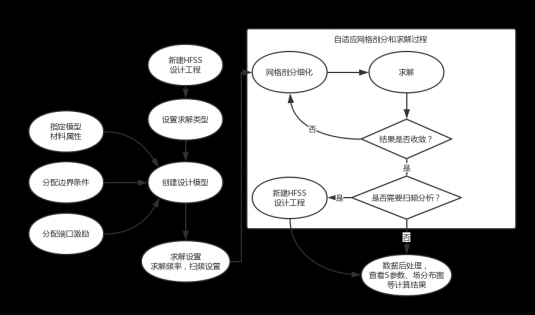
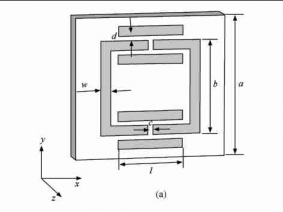
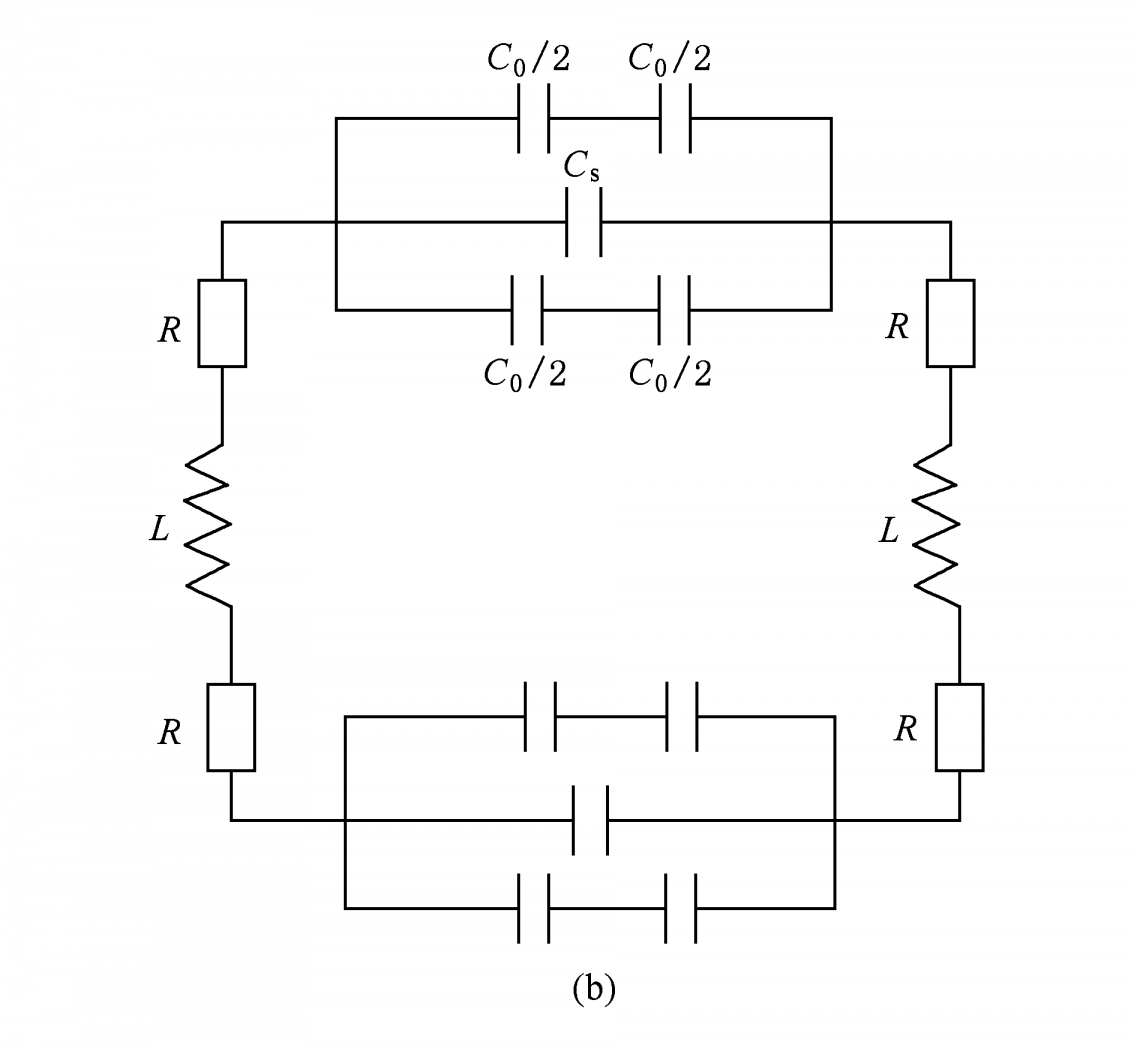
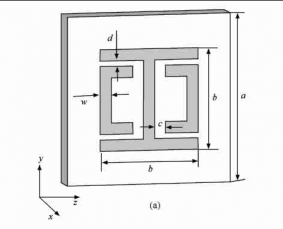
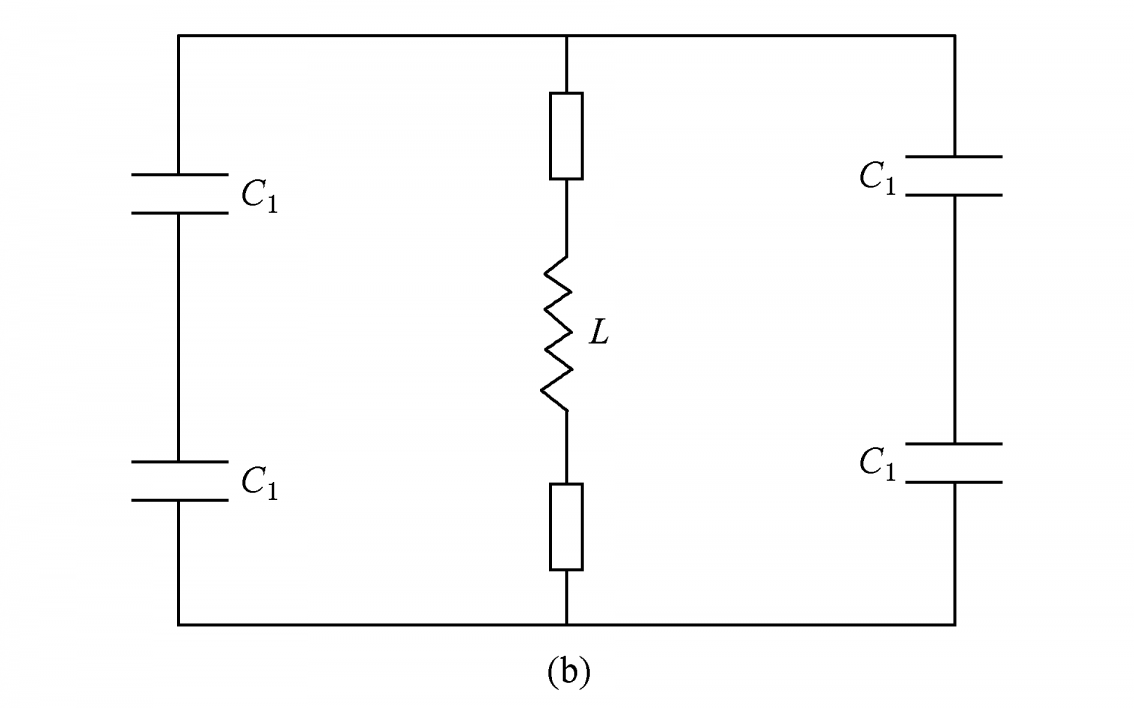
该课题毕业论文、开题报告、外文翻译、程序设计、图纸设计等资料可联系客服协助查找;


